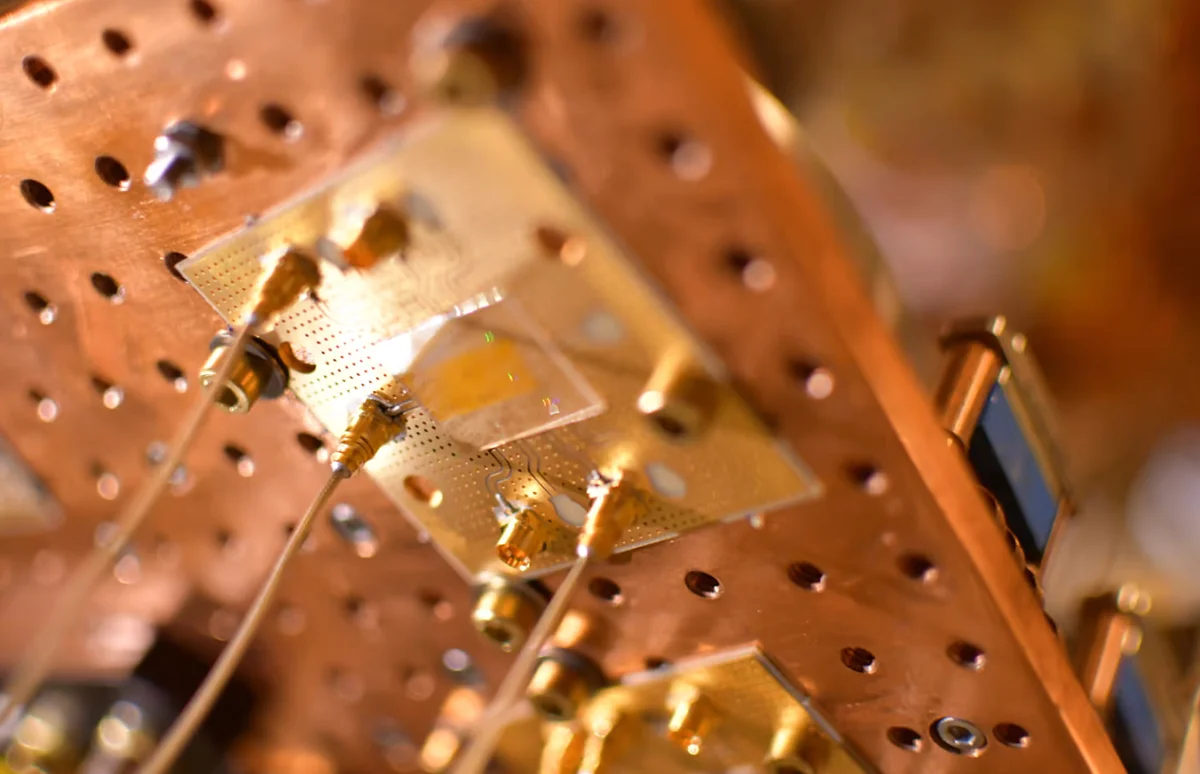Built a chip that uses acoustic vibrations to transmit data
- July 7, 2022
- 0
All computing chips transmit and process data by modulating a particular medium. In the computer processors we are used to, this medium is electric current, the movement of
All computing chips transmit and process data by modulating a particular medium. In the computer processors we are used to, this medium is electric current, the movement of

All computing chips transmit and process data by modulating a particular medium. In the computer processors we are used to, this medium is electric current, the movement of electrons modulated by transistors. Photonic processors modulate streams of photons that circulate in special thin channels called light guides. And recently, scientists from Harvard University demonstrated a new type of chip that allows you to work with data involved in the modulation of acoustic (sound) vibrations.
The acoustic type works like a photonic chip in many ways, only using sound waves instead of light. As a modulator, a device made of lithium niabat is used, a material that changes its flexibility in response to a change in the applied electric field, allowing acoustic vibrations to be produced. By adjusting the electric field parameters, it is possible to control the phase, amplitude and frequency of the generated acoustic waves with high precision, which makes it possible to encode the data in them and send them to the required waveguide.
Scientists say a chip that uses sound waves has many advantages over chips that use different types of electromagnetic waves, including light. The propagation of acoustic waves is easily limited by the area of the waveguides, they have little effect on each other, but they do interact quite strongly with other parts of the system specially designed for this.
“Acoustic waves can do a lot in the field of information transmission media for classical and quantum computing technologies. However, the emergence of acoustic processors has long been hampered by the lack of technology for high-precision control and low-loss transmission of sound waves,” says lead researcher Marko Loncar. In our work, acoustic waves can be controlled using special devices from lithium niobate, and it’s one step closer to building real acoustic processors and other integrated circuits.”
The researchers who created the first prototype of the acoustic chip were engaged in research aimed at developing more complex acoustic systems and integrating such systems with some components of quantum computing systems, particularly superconducting qubits. Source
Source: Port Altele
I’m Maurice Knox, a professional news writer with a focus on science. I work for Div Bracket. My articles cover everything from the latest scientific breakthroughs to advances in technology and medicine. I have a passion for understanding the world around us and helping people stay informed about important developments in science and beyond.